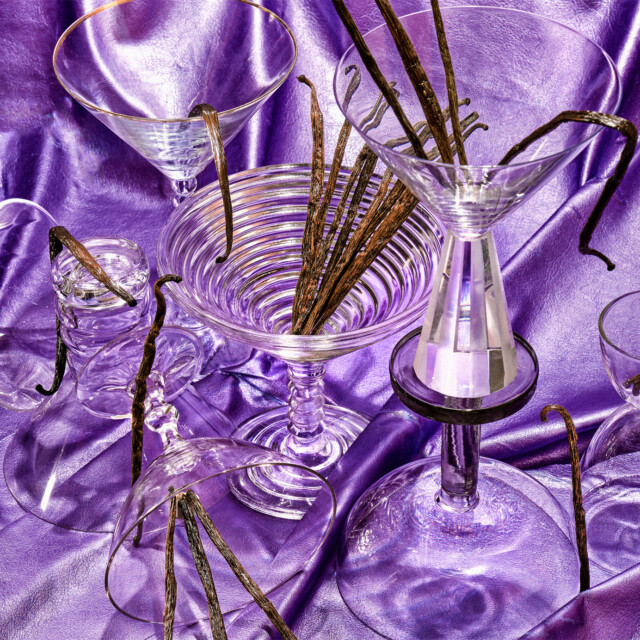Two of America’s most beloved indulgences — caffeine and alcohol — join forces in coffee liqueur. It can be shaken and stirred into cocktails, sipped neat, blended, or poured over ice cream or brownies. Its rich, velvety texture is topped off with a distinctive vanilla aroma, and that, my friends, is a winning combination.
“The great thing about coffee liqueur,” says James Scallan, mixologist at Capital Grille in Houston, “is that people love it in everything from Espresso Martinis to an after-dinner coffee. The sweetness — combined with just a kick of caffeine — makes it a popular dessert choice.”
And here’s the kicker: With just four ingredients (three of which are likely in your pantry), you can make your own coffee liqueur at home. But the key to a more complex, leveled-up coffee liqueur is a worthy splurge: the aromatic and luxurious vanilla bean. Its oily pod imbues a stiff brew with a sublime sweetness, softens the bite of the alcohol, and enhances coffee’s naturally creamy aromas. Once you’ve got a few pods on hand, it’s simple to infuse an impressive liqueur for friends or yourself.
The first step is acquiring a one-inch portion of vanilla bean — that’s all that’s needed, since the beans pack a way stronger punch than vanilla extract. Vanilla beans can be purchased online, or you may spot them when you travel. The latter offers the best souvenir you’ll ever bring home, and each taste of liqueur will take you back to your vacation — a nice little bonus. The best vanilla beans can be found in the Tahitian Islands, the Hawaiian Islands, Madagascar, and Mexico, where the beans are moist, oily, and have a high vanilla content. Buying where vanilla is cultivated is also a great way to support the local economy. Just make sure your beans are vacuum-sealed so they are permissible for traveling through airport security.
If you buy online, look for high-quality beans that come from a renowned locale. They should be black or dark brown and have a visibly oily surface. Beans are packed in various quantities, and each bean is about three to four inches long. Expect to pay about $20 for four to five beans. Considering that one inch of a vanilla bean makes a liter of coffee liqueur — and that one inch can be used up to 10 times with proper care — you’ll save considerable money by DIY-ing this drink. While you might pay about $35 a liter for popular coffee liqueur brands, the below recipe makes a little over a liter, and will run you about $5.
Once you’ve got your beans, choose your coffee carefully. “Freshly ground beans impart the boldest flavor and balance out the sweetness of the vanilla,” says Scallan, who prefers a fine espresso grind. Either grind and brew at home, or pick up your favorite brewed coffee or espresso from your local barista.
Now that you’ve got the potent vanilla bean in your arsenal, you can concoct a bar-quality liqueur, whether you bottle it and share it with your friends or decide to keep it all for yourself.
Homemade Coffee Liqueur
Recipe by Jeff Deurlein
Ingredients:
- 2 ¾ cups brewed dark roast coffee (preferably 100% arabica coffee)
- 4 cups white organic sugar
- 2 ¼ cups aged rum
- 1 inch vanilla bean
Directions:
- Brew coffee and while it’s still hot, add sugar and stir to dissolve.
- Once cooled to room temperature, add rum and vanilla bean segment.
- Store in a sealed container, place in a dark cabinet or closet, and age for 3 weeks. Once a week, give the container a shake to blend the ingredients.
Note:
Each vanilla bean segment can be reused multiple times. When you remove it, give it a quick rinse under water, then soak it in rum until you are ready to make another batch. This vanilla-infused rum will serve as your starter for your next batch — just add enough rum to your starter to equal 2 ¼ cups. In a rush and don’t mind tossing your vanilla bean after one use? You can reduce the infusion time on your coffee liqueur to about 7–10 days by first muddling the vanilla bean segment to draw out the oils.
